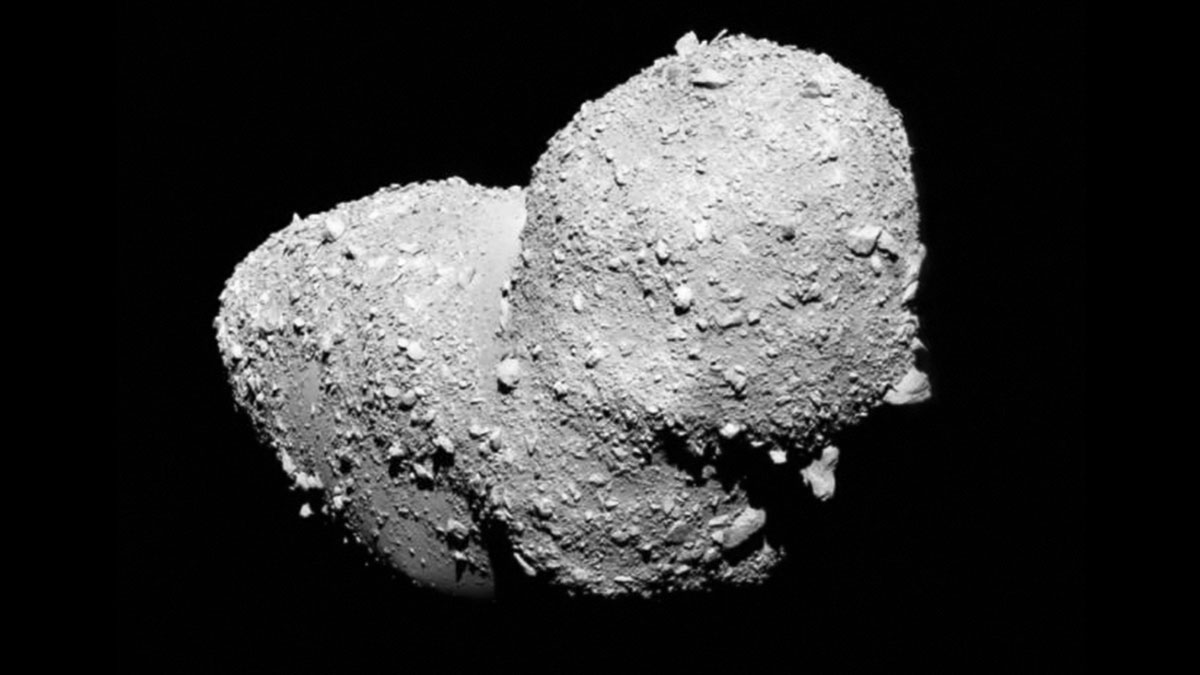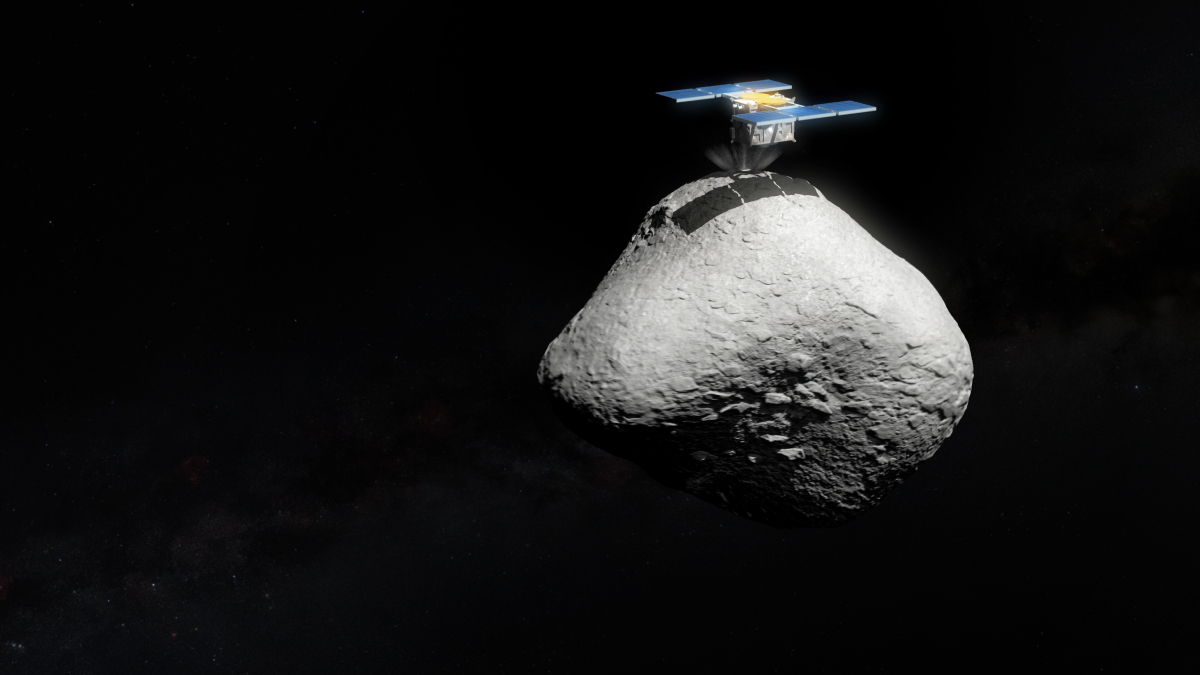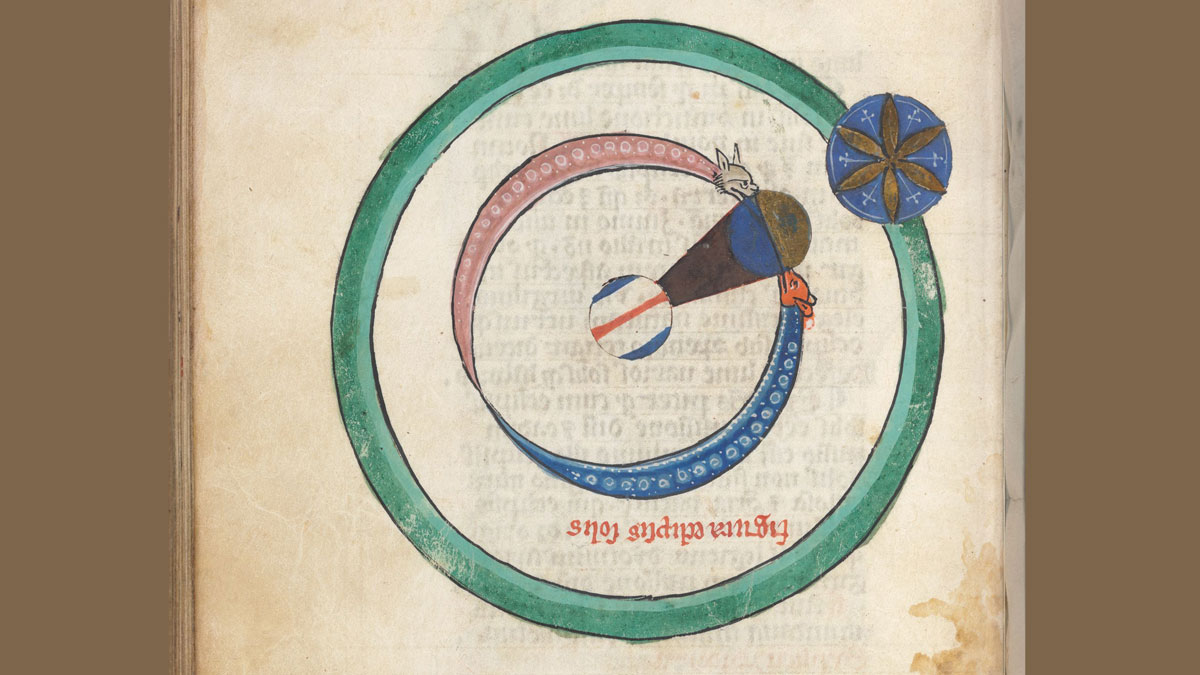Data from the Gaia space observatory reveal that many slowly spinning asteroids rotate chaotically. A new theory links that chaos to their inner structure and history.
orbits & rotations
Hayabusa2’s Final Target is 3 Times Smaller Than We Thought
It also spins twice as fast as previous estimates suggested. A spacecraft touchdown will be challenging, but not impossible.
Core Movements Could Be Causing Tiny Shifts in Earth’s Spin Speed
Researchers use ancient eclipse data and new machine learning techniques to understand what processes changed the length of Earth’s days over the past 3,000 years.
The Relatively Messy Problem with Lunar Clocks
Using Einstein’s theory of general relativity, physicists found that clocks on the Moon would run 56 microseconds faster than clocks on Earth. That finding will help future lunar missions navigate.
Centennial-Scale Jumps in CO2 Driven by Earth’s Tilt
Antarctic ice records uncovered seven previously unknown jumps in atmospheric carbon dioxide. These events may have been driven by changes in Earth’s tilt.
Magnetic Barriers Might Explain Mysterious Hot Jupiters
Hot Jupiters might end up very close to stars because a magnetic field halts their progress—and future observations could confirm the idea.
Spiral Waves May Explain the Sun’s Baffling Rotation
New observations and models show a connection between high-latitude waves in the Sun’s interior and the different rates of spin between the solar equator and poles.
The End of the Eclipse
Scientists are studying how the Earth–Moon distance has changed over time, and what effect that change might have had on our planet. Future changes will extinguish total solar eclipses entirely.
Mars as a Driver of Deep-Sea Erosion
An analysis of breaks in deep-sea sediment links the geological record to a 2.4-million-year cycle that heats Earth and ventilates our oceans.
Passing Stars Shorten Earth’s Time Horizon
Stars in the solar neighborhood could jostle planetary orbits, making it harder to turn back the clock and examine Earth’s orbital or climate history.










